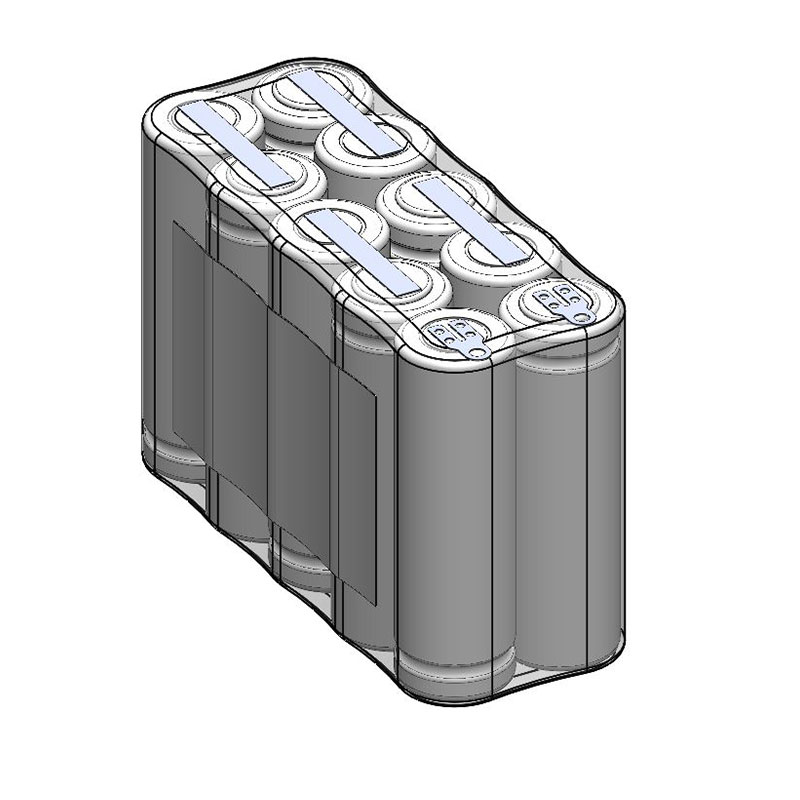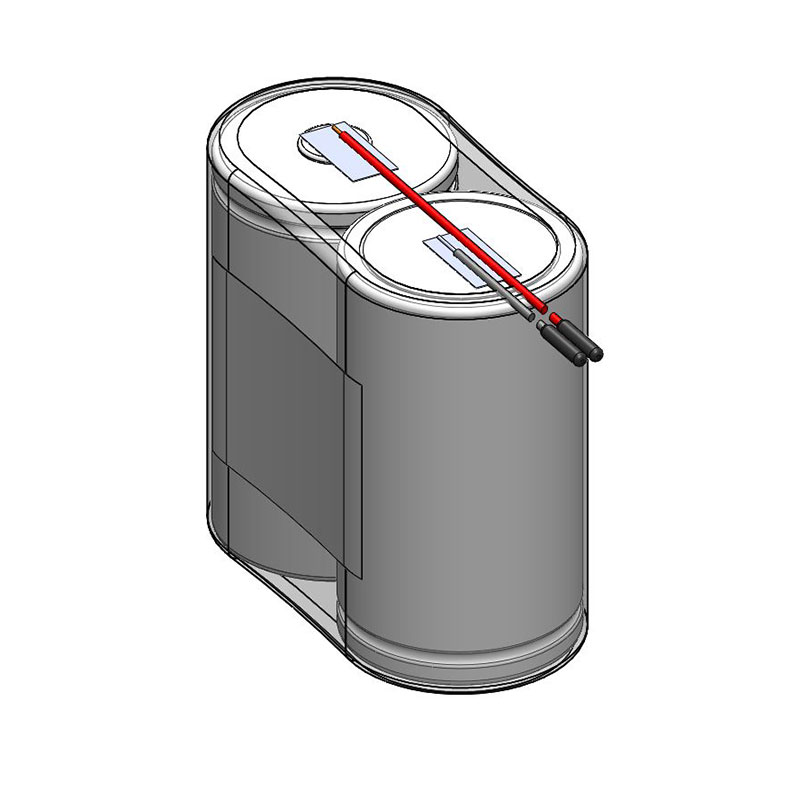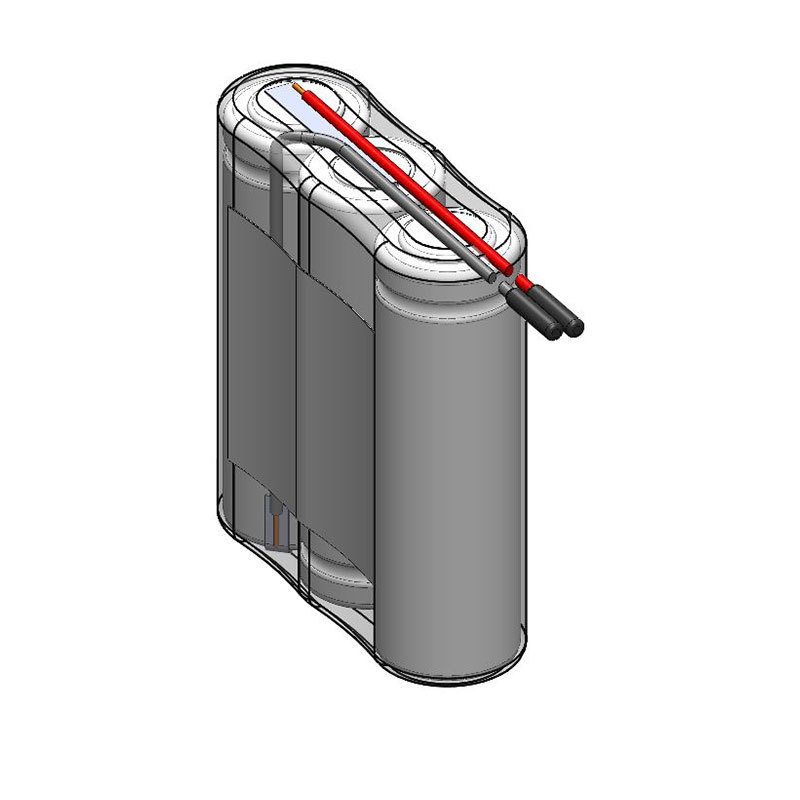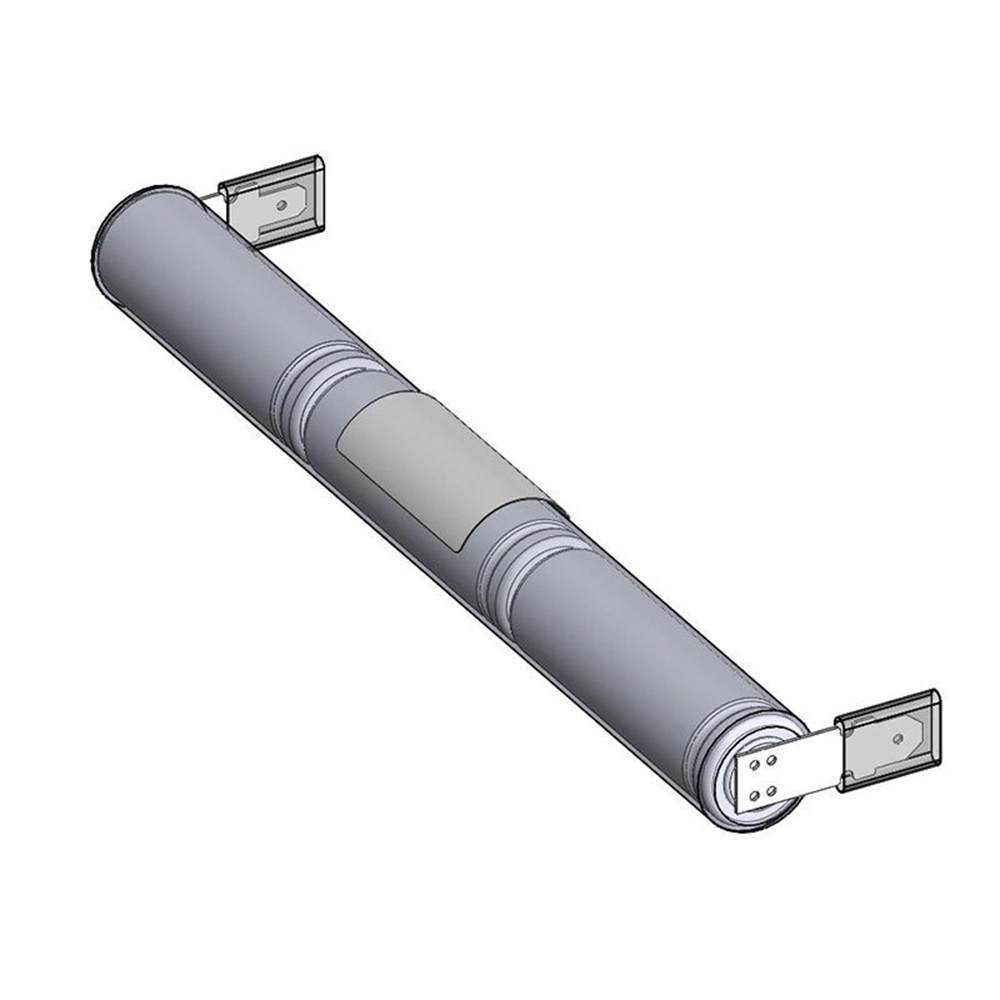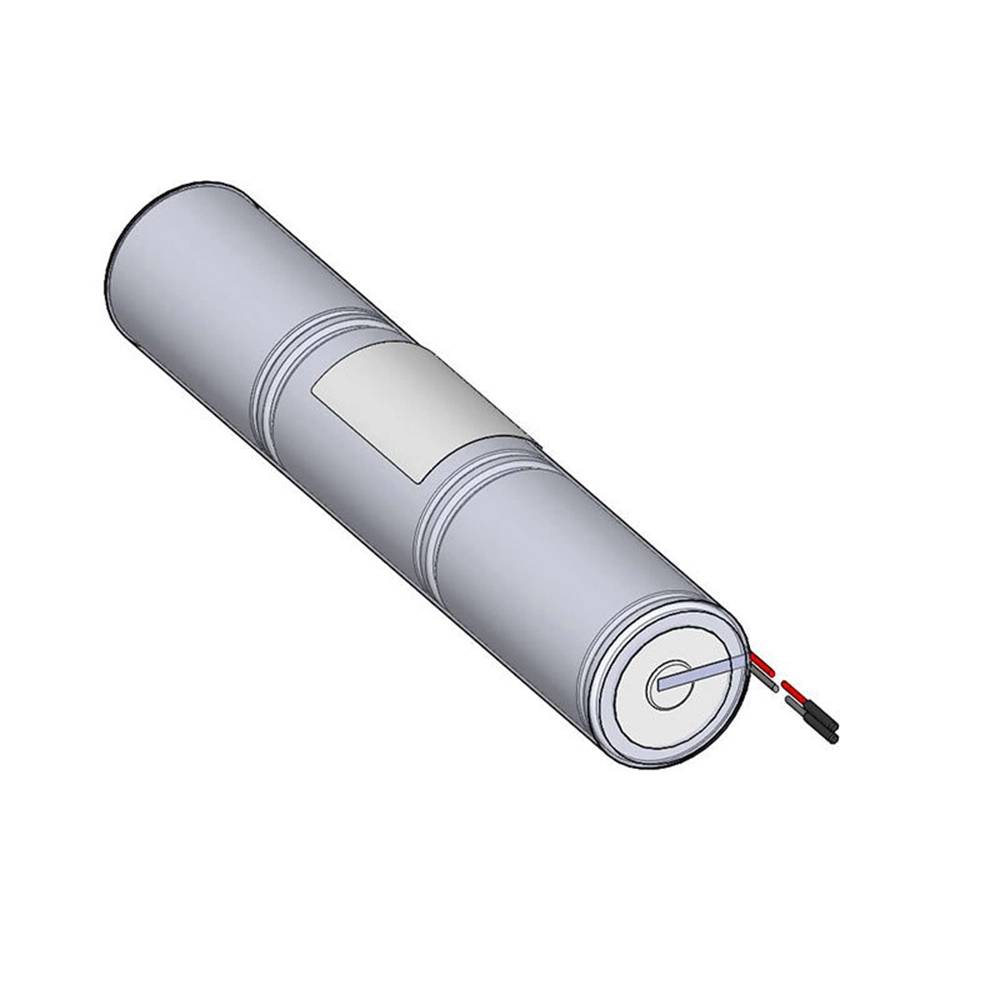Battery packs
delivery time 2-5 working days
delivery time 2-5 working days
delivery time 2-5 working days
delivery time 2-5 working days
delivery time 2-5 working days
delivery time on request
delivery time 2-5 working days
delivery time 2-5 working days
delivery time 2-5 working days
delivery time 2-5 working days
delivery time 2-5 working days
delivery time 2-5 working days
delivery time 2-5 working days
delivery time 2-5 working days
delivery time 2-5 working days
delivery time 2-5 working days
delivery time 2-5 working days
delivery time 2-5 working days
delivery time 2-5 working days
delivery time 2-5 working days
delivery time 2-5 working days
delivery time 2-5 working days
delivery time 2-5 working days
delivery time on request
Akkupacks
Wir bei Battery-Kutter bieten Ihnen vorgefertigte Akkupacks für die Not- und Sicherheitsbeleuchtung an. Gerne entwickeln wir gemeinsam mit Ihnen einen kundenspezifischen Akkupack nach Ihren persönlichen Anforderungen.
Was ist ein Akkupack?
Ein Akkupack ist eine Zusammenschaltung einzelner Batteriezellen, mit dem Zweck, die Spannung oder die Kapazität des Systems an die individuelle Anwendung anzupassen. Hierzu werden die Einzelzellen in Serie verschaltet, um die Spannung anzupassen. Die Kapazität der Akkupacks kann durch eine parallele Verschaltung angepasst werden. Der Akkupack wird durch ein Gehäuse, einen Schrumpfschlauch oder durch eine Ummantelung geschützt. Die Kommunikation zwischen Verbraucher und Akkupack wird in der Regel durch einen Steckverbinder, ein Kabel, einen Terminal-port, Schraubverbinder, gegebenenfalls Induktion u. v. m. ermöglicht.
Ein Akkupack kann aus verschiedenen Zelltechnologien bestehen, wobei die Zellen vom gleichen Typ eines Herstellers sein müssen. Die Zellen müssen in Zellgröße, Zelltechnologie, Leistungswerten – also in Spannung und Kapazität – und Belastbarkeit identisch sein. Sie sollten zudem aus derselben Charge stammen.
Wie ist ein Akkupack aufgebaut?
Ein Akkupack kann von einer komplexen Struktur, bis hin zu einem einfachen Aufbau breitgefächert erstellt werden. Alle Akkupacks bestehen aus mehreren Zellen, Verbindern, Zellhaltern und einem Anschluss, wie z. B. einem Kabel oder Stecker. Je nach Akkupack wird die Konstruktion durch ein Gehäuse oder einen Schrumpfschlauch geschützt. Im Gegensatz zu NiMH (Nickelmetallhydrid) und NiCd (Nickel-Cadmium) Akkupacks haben Lithium Akkupacks eine Schutzschaltung und verfügen zusätzlich über eine Sensorik und Kommunikationsmöglichkeit, gegebenenfalls auch über ein Battery-Management-System.
Was sind die Vorteile eines Akkupacks?
Im Folgenden nennen wir Ihnen die Vorteile eines Akkupacks:
- Sicherer als die Verwendung von Einzelzellen (Gehäuse)
- Spannung und Kapazität sind individualisierbar
- Gehäuse und Formfaktoren sind individualisierbar: Halterungen können so ins Design einfließen.
- Austauschbares System
- Bessere Handhabung
- Als angepasste Systemlösung realisierbar: Performance und Energieverbrauch werden optimiert (Halterung, Ladegerät, Gerätesteuerung).
Was ist der Unterschied zwischen einem Akku und Akkupack?
Ein Akkupack ist eine Zusammenschaltung einzelner Batteriezellen, mit dem Zweck, die Spannung oder die Kapazität des Systems an die individuelle Anwendung anzupassen. Ein Akkupack besteht somit aus mehreren miteinander verbundenen Sekundärzellen.
Ein Akkumulator, auch bekannt als Akku bzw. Sekundärzelle, ist ein wiederaufladbares galvanisches System, bestehend aus zwei Elektroden, der Kathode und Anode sowie einem Elektrolyten, der elektrische Energie elektrochemisch speichert.
Eine Batterie bestehend aus einer oder mehrerer miteinander verbunden Primärzellen ist im Gegensatz zu einem Akkupack nicht wiederaufladbar.
Welche Akkupacktypen gibt es?
In der Regel wird in vier verschiedene Akkutypen unterschieden: Nickel-Cadmium (NiCd), Nickel-Metallhydrid (NiMH), Lithium-Ionen (Li-Ion) und Lithium-Polymer-Akkus (LiPo, LiPol). Natürlich gibt es auch Blei-Gel- und Blei-Säure-Akkus, näheres dazu finden Sie hier.
Nickel-Cadmium-Akkus: NiCd-Akkus eignen sich besonders gut für Bohrmaschinen und Kreissägen, sind relativ Kälte unempfindlich und haben eine lange Lebensdauer von über 1500 Ladezyklen. NiCd-Akkus haben eine geringere Kapazität als andere Akkutypen, besitzen einen Memory-Effekt, wodurch sie vor dem Aufladen immer komplett entladen werden müssen, und sind aufgrund des Cadmiums sehr umweltschädlich.
Nickel-Metallhydrid-Akku: Ein NiMH-Akku hat ca. 50 % mehr Kapazität als ein NiCd-Akku bei gleicher Größe. Auch der NiMH-Akku sollte vor dem Aufladen vollständig entladen werden, da sonst der Batterieträgheitseffekt auftritt, welcher die Kapazität vermindert. Mit 500 bis 1000 Ladezyklen ist der NiMH-Akku etwas kurzlebiger.
Lithium-Ionen-Akku: Die Li-Ion-Akkus sind kleiner und leichter als die NiMH-Akkus bei gleicher Kapazität und liegen mit 500 bis 1000 Ladezyklen auf gleichem Niveau. Li-Ion-Akkus haben kein Gedächtnis und keinen Trägheitseffekt, auch die Selbstentladung ist sehr gering.
Lithium-Polymer-Akkus: LiPo-Akkus können jegliche Form haben und eignen sich daher sehr gut für Geräte mit wenig Platz. Die Selbstentladung ist auch hier sehr gering und es gibt keinen Memory-/ Batterieträgheitseffekt. Die Lebenserwartung ist mit 300 bis 600 Ladezyklen wesentlich geringer als die der anderen Akkus.
Lithium-Eisenphosphat: LiFePo4-Akkus sind eine weitere Ausführung von Lithium-Ionen-Akkupacks mit einer Zellspannung zwischen 3,2 bis 3,3 V. Die positive Elektrode besteht statt aus Lithium-Cobalt aus Lithium-Eisenphosphat, während die negative Elektrode eingelagertes Lithium in Graphit lagert. Die Lebenserwartung kann hier bis zu 4000 – 5000 Ladezyklen betragen.
Was bedeutet Ah auf Akkupacks?
Die Abkürzung "Ah" steht für Amperestunde. Eine Amperestunde ist eine Maßeinheit für die elektrische Ladung eines Akkus. Eine Amperestunde entspricht der Ladung, die in einer Stunde bei konstanter Stromabgabe durch die Ableiter fließt. Die Einheit Ah wird häufig verwendet, um die Kapazität von Akkumulatoren anzugeben.
Dies sollte jedoch klar von der tatsächlichen Leistungsfähigkeit unterschieden werden. Diese wird in Watt angegeben. Die Multiplikation der Spannung (Volt) mit der Nennkapazität (Ah) eines Akkus ergibt die tatsächliche Energiespeicherkapazität in Wattstunden (Wh).
Was bedeutet Wh auf Akkupack?
Wattstunden (Wh) geben die speicherbare Strommenge in einem Akku an. Das Produkt aus Kapazität (Ah) und der Spannung in Volt (V) ergibt die Wattstunden.
Hierbei unterscheidet man zwischen nutzbarem Energiegehalt und Nennleistung. Die Nennleistung definiert sich über die Nennspannung und die Nennkapazität. Dieser Wert ist der Ausgangswert für die Bewertung eines Akkupacks und leitet sich aus den Herstellerangaben ab. Die nutzbare Energie des Akkupacks kann hingegen durch Umwelteinflüsse wie z. B. Temperatur und durch Alterung stark von diesem Wert abweichen.
Wie lange hält ein Akkupack?
Wie lange ein Akkupack hält, bzw. wie lange dessen Lebensdauer ist, hängt von der Anzahl der Ladezyklen und Entladezyklen sowie von seinem kalendarischen Alter ab. Wenn Experten von der Lebensdauer sprechen, meinen sie dabei meistens eine Restkapazität von 80 %, bezogen auf die angegebene Anzahl an Zyklen des Herstellers. Es gibt jedoch auch abweichende Werte, z. B. 60 – 70 %. Ein Ladezyklus beschreibt die Zeit, die der Akku benötigt, um vollständig aufgeladen zu werden. Der Entladezyklus entspricht somit der Dauer, die der Akku zum Entladen braucht. Die Lebensdauer eines Akkus wird sowohl in Monaten oder Jahren gemessen als auch in Lade- und Entladezyklen, da diese den Faktor der Nutzungshäufigkeit und den Alterungsfaktor enthält.
Welche Faktoren können die Lebensdauer von Akkus beeinflussen?
Die Lebensdauer eines Akkus kann von viele Faktoren beeinflusst werden. Die Hauptursache für Leistungseinbußen und beschleunigte Alterseinbußen eines Akkusystems ist eine beschleunigte Alterung chemischer Komponenten. Essenzielle Faktoren hierfür sind:
- Große Temperaturschwankungen (zu warm, zu kalt)
- Überladung oder Tiefenentladung
- Nutzungshäufigkeit
- Kurzschluss
- Lagerungsfehler (Lagern im entladenen Zustand, ggf. technologieabhängig Lagerung in vollem Zustand)
All diese Faktoren können sich negativ auf die Lebensdauer vom Akku auswirken. Nichtsdestotrotz lässt sich die Lebensdauer durch richtige Nutzung enorm beeinflussen.
Wie kann man die Akkulebensdauer verlängern?
Dass ein Akku mit der Zeit an Leistung verliert ist normal, es gibt allerdings Möglichkeiten die Lebensdauer von einem Akku deutlich zu verlängern. Wichtig ist es, den Akku nicht dauerhaft am Stromnetz in der Vollladung zu halten. Fachleute empfehlen bei einem iPhone bereits den Akku zwischen 40 und 85 % nachzuladen. Große Temperaturschwankungen sollte man versuchen zu vermeiden (zu heiß, zu kalt), empfohlen wird in der Regel eine Temperatur zwischen 15 und 25 °C. Das Laden des Akkus sollte zwischen 5 und 40 °C erfolgen.
Wie lagert man einen Akku am besten?
Im Folgenden haben wir eine Checkliste für Sie vorbereitet, wie man Akkus am besten lagert und so vor Verwitterungen schützt:
- Entfernen Sie den Akku aus dem Gerät und befreien Sie ihn von Dreck und Schmutz
- Lagern Sie Ihren Akku zum Schutz vor Nässe, Kälte und Sonne in einem Karton
- Als Lagerort für Akkus eignen sich besonders trockene Kellerräume oder eine Garage, da die Lagertemperatur zwischen -10 und +35 °C für Akkus empfohlen wird
- Lagern Sie Ihren Akku an einem sicheren Ort außer Reichweite von Kindern
- Lagern Sie Ihr Ladegerät getrennt vom Akku
Gerne beraten wir Sie persönlich zu Akkupacks. Hier geht es zu unserer Kontaktseite.








